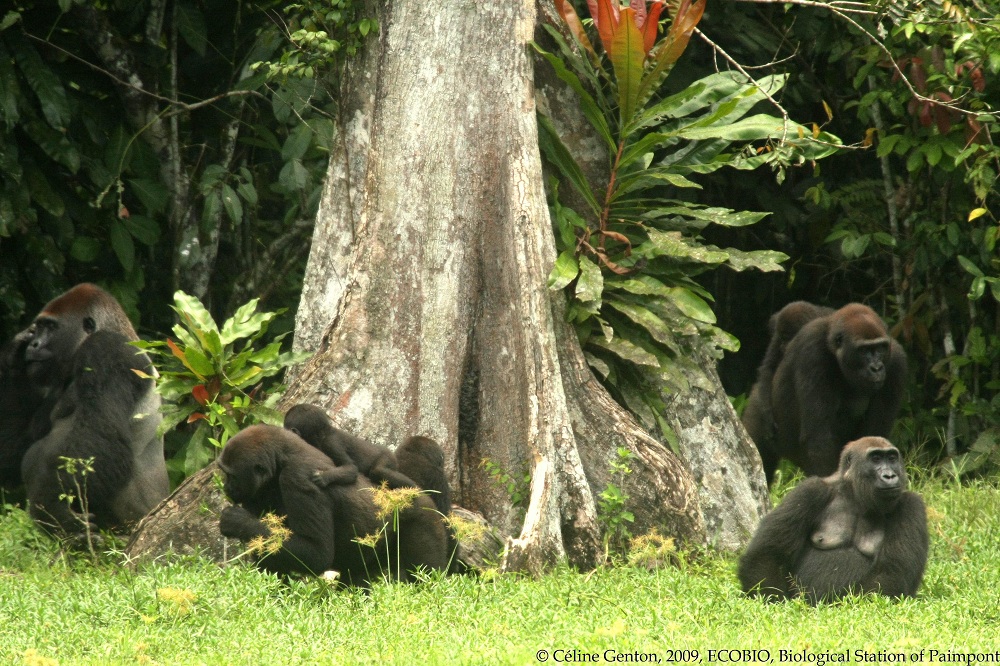Gorillas Rebuilding After Ebola Outbreak

A 2004 Ebola outbreak killed up to 95 percent of one population of western lowland gorillas. Some six years since the virus hit, a new analysis shows things are looking up for the gorillas.
The researchers worked with a gorilla population that visits Lokoué forest clearing in the Odzala-Kokoua National Park, in the Republic of the Congo.
"The first sign of outbreak was a sudden and drastic reduction of the frequentation of the Lokoué clearing," study researcher Celine Genton of the University of Rennes in France told LiveScience. "Six months was enough to decimate the population. Estimated by modeling, the outbreak lasted for around a year, from December 2003 to December 2004."
Ebola outbreak
Not much is known about the different gorilla populations in the Congo, but this gorilla group that visits Lokoué forest clearing has been monitored before the outbreak, then again in 2006, two years after and in 2010, six years after. The researchers used this information to study how the gorilla population regrouped after the deadly disease hit.
The population dropped from about 380 gorillas before the outbreak to fewer than 40 after the outbreak, which spreads by physical contact. The result left the surviving females paired up with big silverback solitary males, which were less likely to be infected with the virus because they don't live in groups.
This decline, along with declines in other western lowland gorilla populations hit by the virus, led to a change in the gorilla's conservation status changed from "endangered" to "critically endangered" in 2007.
Sign up for the Live Science daily newsletter now
Get the world’s most fascinating discoveries delivered straight to your inbox.
The Lokoué population stayed at about 40 individuals for the next six years, the researchers said, but the demographics — the age and relationships between the gorillas — changed drastically.
The several solitary males that survived the Ebola outbreak have disappeared, and new adult females have moved into the area, forming new breeding groups.
"Solitary males probably left the Lokoué population to search a better breeding potential (a larger number of available adult females) in another, larger, population," Genton told LiveScience in an email. "If they are not 'the best,' it could be more efficient for them to leave the population rather than staying and risk not being able to breed."
Rebounding population
The adult females left in the population have given birth to several new gorillas — all positive signs that this group will recover and repopulate the area. Six years post-Ebola, the gorilla population had returned to the same demographics as it had before the virus hit, though not the same numbers — yet.
Even so, it could bemore than 130 years before the population reaches 300 gorillas again, Genton said. Making sure their habitat is still there is essential to keep this population safe.
The paper was published May 23 in the journal PLoS ONE.
Follow Jennifer Welsh on Twitter @microbelover or LiveScience @livescience. We're also on Facebook & Google+.
Jennifer Welsh is a Connecticut-based science writer and editor and a regular contributor to Live Science. She also has several years of bench work in cancer research and anti-viral drug discovery under her belt. She has previously written for Science News, VerywellHealth, The Scientist, Discover Magazine, WIRED Science, and Business Insider.










